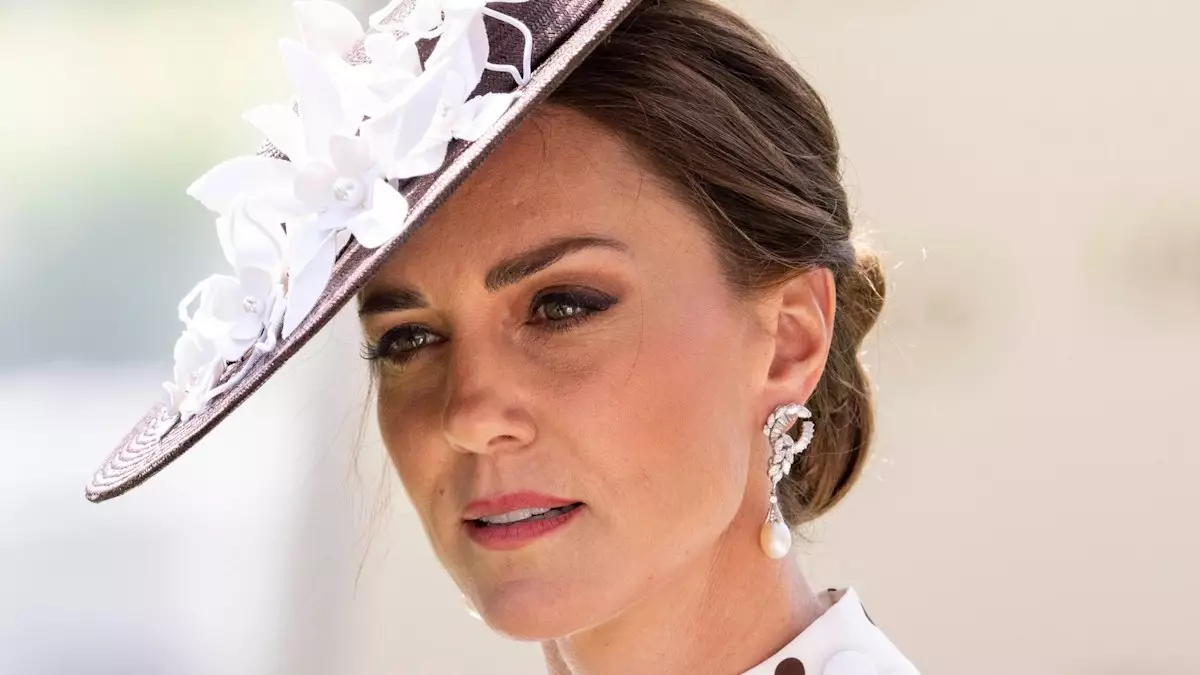The Princess of Wales, known for her grace and resilience, has made the difficult decision to step back from attending the illustrious Royal Ascot this year. As she navigates the complex landscape of recovery after a cancer battle, this absence underscores the challenging balance she seeks between her public responsibilities and personal health. At 43, Kate Middleton is not just a royal figure but a mother, wife, and individual facing a profound health journey that rarely finds its way into the public narrative with full transparency.
As the prestigious horse racing event unfolds, anticipation stirs among avid racegoers, eager to catch a glimpse of the royal family. This year, the stakes felt particularly charged as Prince William was set to bestow awards on the second day of the event. The absence of Kate not only signals her personal journey but also reflects the everyday realities faced by many dealing with health issues—often overshadowed by public obligations and the expectations that accompany royal life. It poses essential questions about the capacity to manage both public personas and private challenges.
A Shift in Traditions
Kate’s absence at Royal Ascot, traditionally a cornerstone of royal engagements, represents more than a personal choice; it marks a poignant shift in royal traditions. Earlier, she was slated to participate in the ceremonial carriage procession alongside her husband and notable figures like professional golfer Justin Rose and his wife, only for plans to change. Such alterations not only highlight personal struggles but illustrate a broader understanding that royal duties do not exist in a vacuum; the humanity behind the crowns is profound and infinitely relatable.
The presence of family at the races, including her mother, Carole Middleton, and brother-in-law, James Middleton’s wife, Alizee Thevenet, serves as symbolically richer. Their attendance may reflect a protective familial bond in a time that calls for support and togetherness, which is often overlooked in public narratives about royal duties. The dynamics of family involvement juxtapose the high-profile expectations placed upon Kate and illuminate the importance of personal wellbeing over public appearances.
Public Appearances and Personal Resilience
Despite her current absence, Kate’s recent public appearances—including Garter Day and Trooping the Colour—demonstrate her commitment to maintaining a connection with the public while managing considerable personal stress. In her stunning aquamarine and white ensemble by Catherine Walker, she captivated audiences, reminding everyone of her enduring style and poise amid adversity.
Most importantly, the notion of resilience comes to the forefront. Kate’s battle with cancer, including a treatment regimen of six months of preventative chemotherapy, remains a context that reshapes how the public perceives her presence—both in appearance and absence. The Princess embodies an example of how we can redefine strength, portraying not just the image of a dutiful royal but a vulnerable individual navigating a challenging chapter in her life.
This striking balance between royal obligations and personal healing offers a lesson in authenticity—a reminder that beyond titles and roles lies the intricate human experience. In a world that often values performance over personal health, Kate’s current journey invites both empathy and reflection, championing a more holistic understanding of what it means to be truly resilient.

